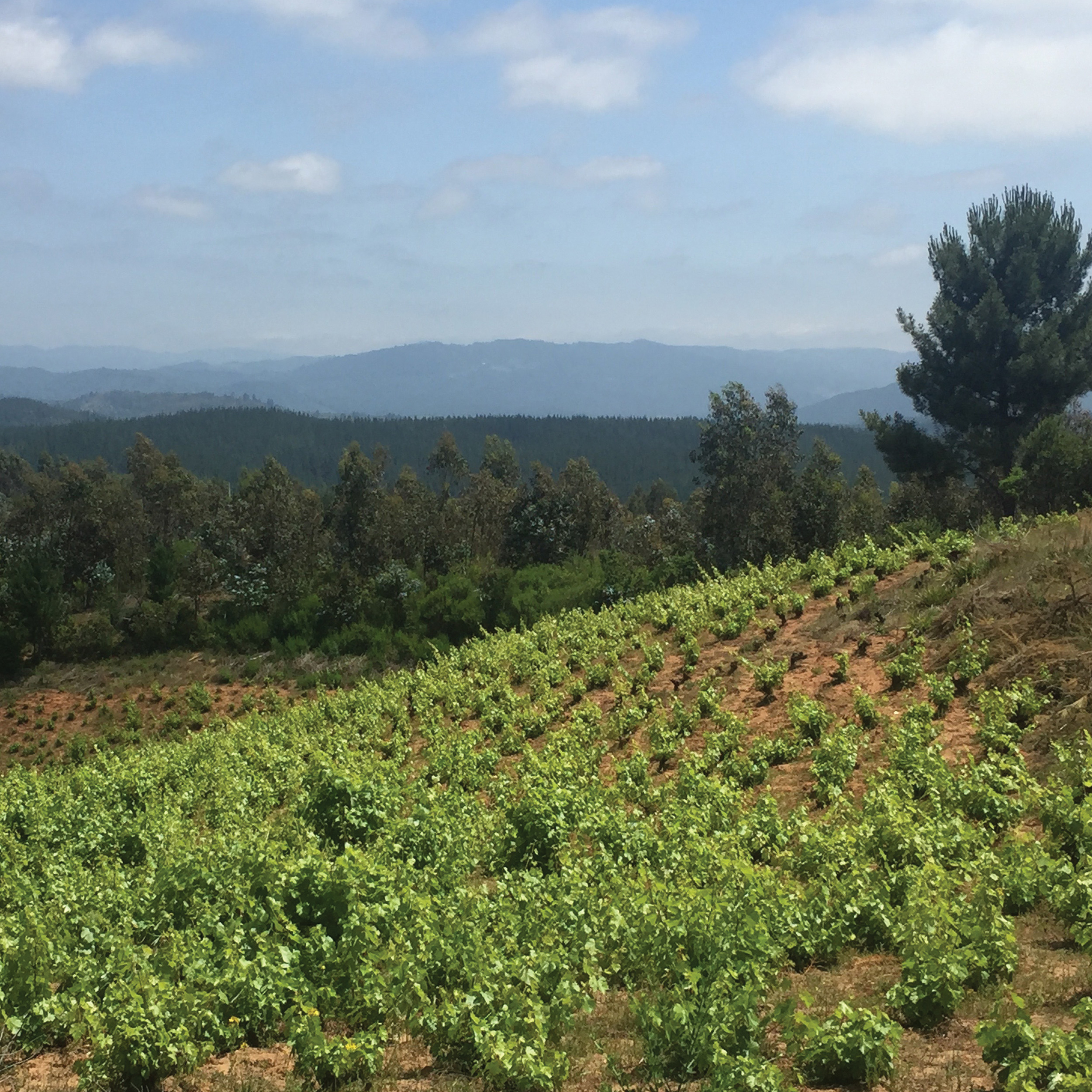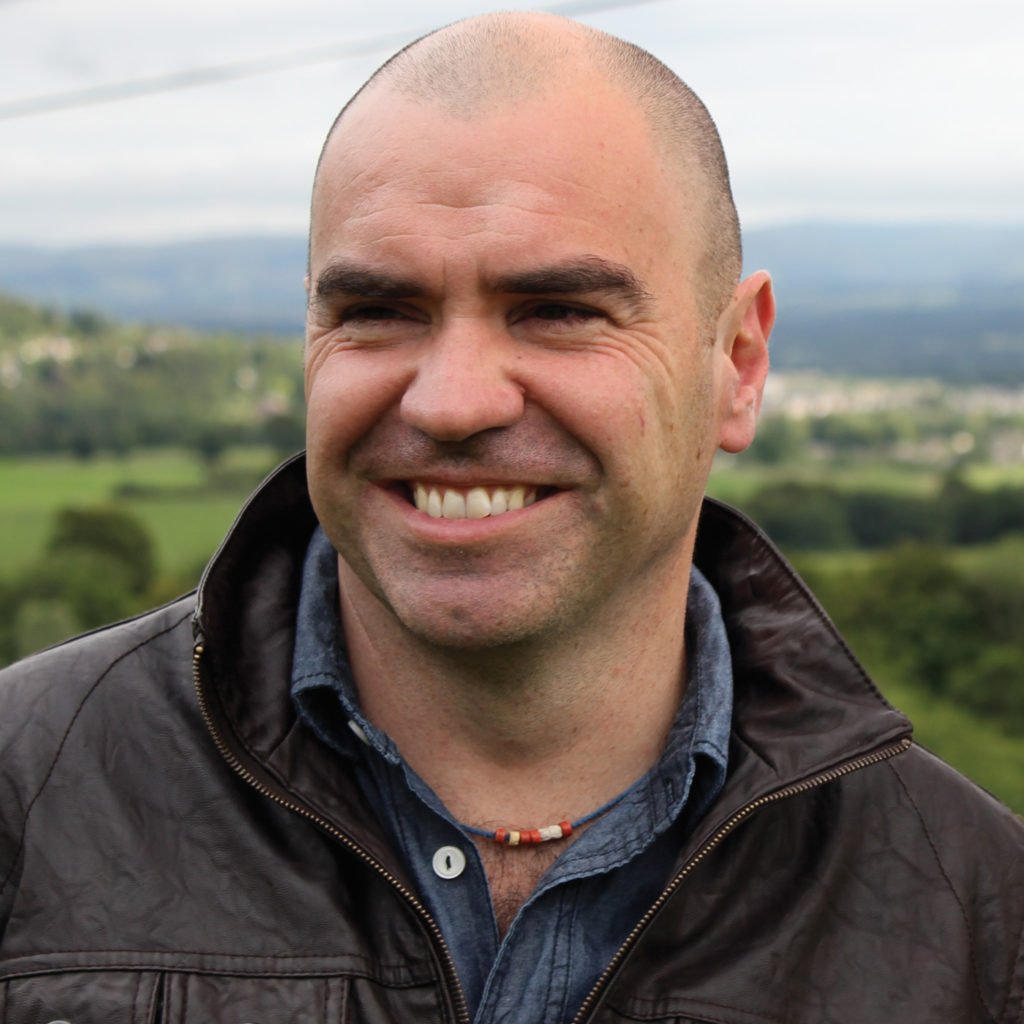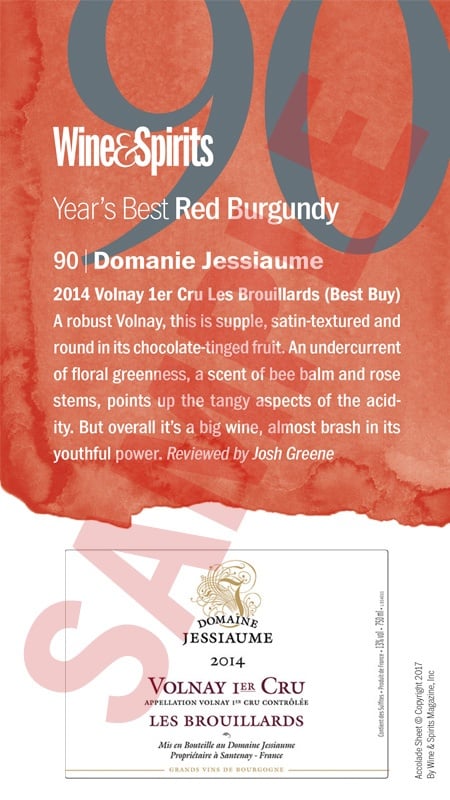Pipas are the barrels made of raulí, the redwood casks Chilean campesinos would keep in the cellars of their homes, to store the wine they’d made from their most recent harvest. These farmers would drink their pipeño, or cart their pipa from town to town, selling it to locals,…
To read this article and more,
subscribe now.
To continue reading without interruption, subscribe and get unlimited digital access to our web content and wine search.
This story appears in the print issue
of February 2017.
Like what you read? Subscribe
today.
















